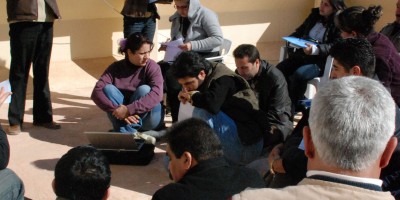
earning trust
why fewer people trust the news in Czechia, Hungary and Slovakia?
a thorough Datalyrics study about the differences in Hungarian and Polish propaganda, robust television reporting on migration and organizational practices that underpin the different styles

Read the full report, co-authored by Veronika Frantová, Emo Gotsbachner, Judit Szakács, Ludmila Wladyniak and David Ruzicka.
For a small fee, read a longer version of this article with full commentaries of the authors of the newscasts under study. In it, Kai Gniffke, the then ARD's editor-in-chief, and Michal Kubal, ČT's editor-in-chief, reveal how consciously they navigated around diction or description of causalities. Several reporters from other channels discuss the intentionality in manipulating the news.
The study was co-financed by the Governments of Czechia, Hungary, Poland and Slovakia through Visegrad Grants from International Visegrad Fund. The mission of the fund is to advance ideas for sustainable regional cooperation in Central Europe.